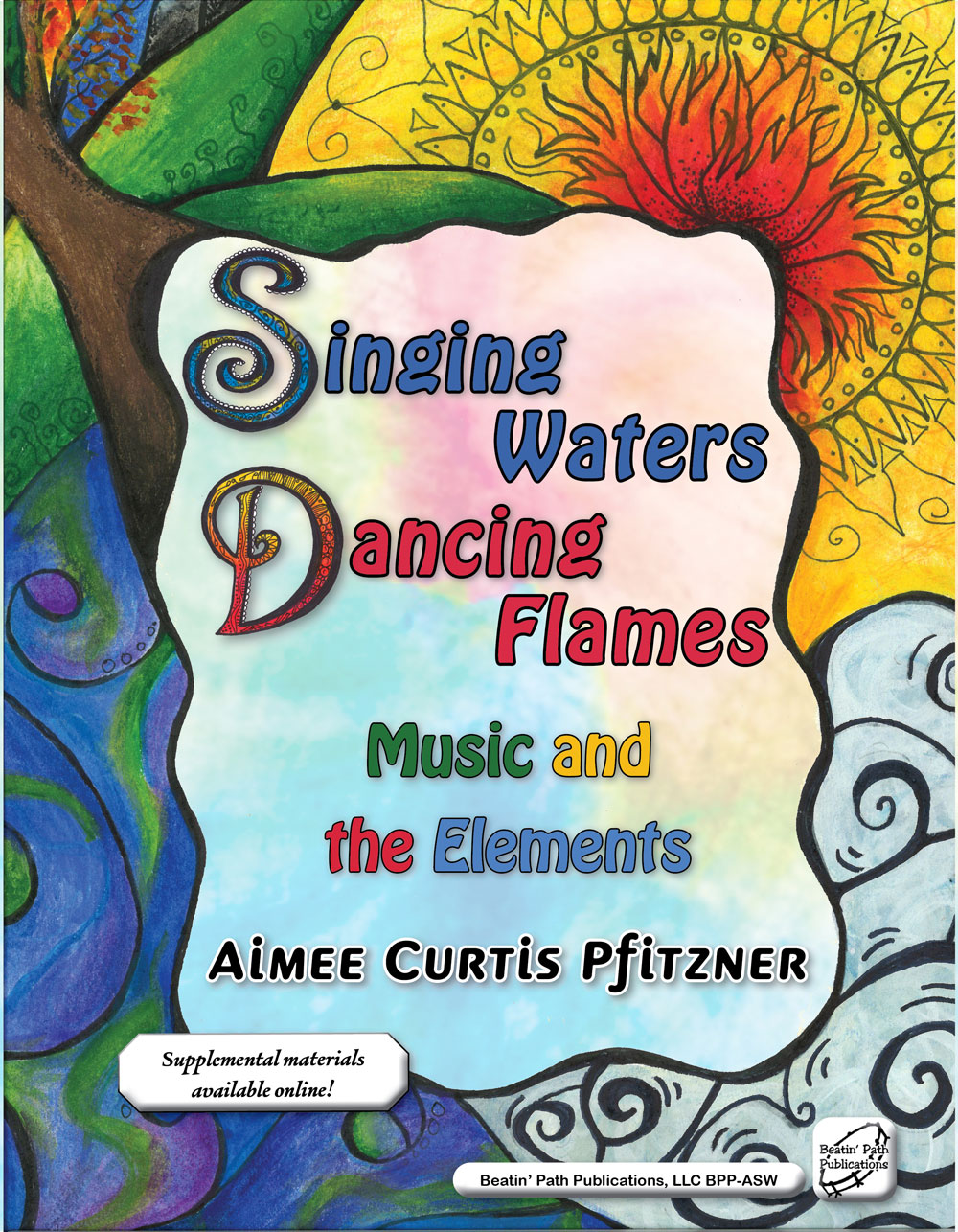The ending of a year is a contemplative time for me. Thinking about the past year leads to thoughts of what I want to change and improve upon in the coming year. This is a letter I have wanted to write for a while and one which I wish someone would have shared with my first year teacher self and continue to share with other music educators. I hope it encourages you.
To Whom It May Concern:
I don't teach music. I teach children music. There is a big difference in what and who is centered in those two sentences.
Teaching music begins not with the teaching of music concepts and skills, but with focusing on WHO we teach. Children first. That means that for most of us who teach elementary music, there is a steep learning curve in understanding the wide range of developmental ages and stages we teach. In a single classroom, we have at least five, and often MANY more various stages of typical childhood development. Add to that neurodivergence, medical and cognitive differences, social and emotional variances, and cultural and personality differences and there is much to be learned.
We have a responsibility as music teachers who teach a high quality music curriculum; a responsibility that allows all students to experience music from people around the world without bias. High quality music should not include music that is problematic, questionable, or racist. Do your research and don't rely on others to do it for you. Google is free and available for all. Music history, musicians, and music created by various identities, religions, and genders will be used in our classrooms. Identity formation is a critical aspect of social development in children as they develop sense of self, understanding, belonging, and acceptance. The idea that classroom curriculum should serve as "windows and mirrors" for children has been around for over 30 years - first coined by educator Emily Styles in 1988. Approaching children's music and music education through the lens of windows, mirrors, and sliding glass doors prioritizes diversity, honors cultural experiences, and promotes empathy and understanding. It also helps all children to feel included and a part OF, not apart from, as they see themselves in the music and musical experiences.
Our greatest responsibility is not in data collection, meetings, trainings, and PD's that are unnecessary, irrelevant, or do not promote the advancement of our craft and art. Our greatest responsibility is to help each child become the best version of themselves which means everything we do should be steeped in doing what is best for children, not adults. Children are at their best when they feel seen and loved. It isn't always easy to love and even like every child and the "prickly pears" and "frequent fliers" can be downright difficult. It isn't always easy to connect and be relational with every child. The reality is we sometimes struggle to find just one way to connect with a child. But to that child who finally feels seen it means the world. Find the one thing.
There are many outside forces demanding teachers time, talents, and energy. Music teachers don't stop being musicians or music teachers at 3:45 when they are "off the clock." Music teachers often teach private lessons or have secondary jobs directing ensembles or playing or singing in adult music ensembles. We often listen to music passively while wondering how to create a lesson to go with it. We have families and lives outside of school. Boundaries are necessary - hold to them and live your life. Stop comparing yourself to others and start advocating for yourself. Period. Do the next best thing for you.
Finally, be kind. To yourself, your fellow teachers, to your students, and to strangers. A kind word or gesture goes a long way in this filtered world where "likes" and "followers" dominate.
With much affection,


































.png)


















